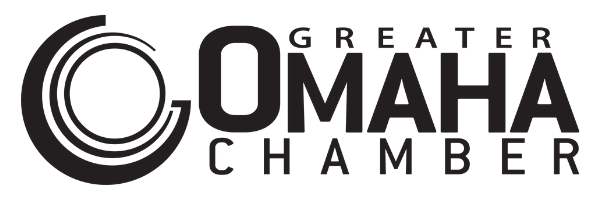The Occupational Safety and Health Administration’s revised recordkeeping rule includes two key changes:
First, the rule updates the list of industries that are exempt from the requirement to routinely keep OSHA injury and illness records, due to relatively low occupational injury and illness rates. The previous list of industries was based on the old Standard Industrial Classification (SIC) system and injury and illness data from the Bureau of Labor Statistics (BLS) from 1996, 1997, and 1998. The new list of industries that are exempt from routinely keeping OSHA injury and illness records is based on the North American Industry Classification System (NAICS) and injury and illness data from the Bureau of Labor Statistics (BLS) from 2007, 2008, and 2009. Note: The new rule retains the exemption for any employer with ten or fewer employees, regardless of their industry classification, from the requirement to routinely keep records.
Second, the rule expands the list of severe work-related injuries that all covered employers must report to OSHA. The revised rule retains the current requirement to report all work-related fatalities within 8 hours and adds the requirement to report all work-related in-patient hospitalizations, amputations and loss of an eye within 24 hours to OSHA.
Establishments located in States under Federal OSHA jurisdiction must begin to comply with the new requirements on January 1, 2015. Establishments located in states that operate their own safety and health programs (State Plan States) should check with their state plan for the implementation date of the new requirements. OSHA encourages the states to implement the new coverage provisions on 1/1/2015, but some may not be able to meet this tight deadline.
The final rule will allow OSHA to focus its efforts more effectively to prevent fatalities and serious work-related injuries and illnesses. The final rule will also improve access by employers, employees, researchers and the public to information about workplace safety and health and increase their ability to identify and abate serious hazards.
Rich Text AreaToolbarBold (Ctrl+B)Italic (Ctrl+I)Underline (Ctrl+U)Align LeftAlign CenterAlign RightRedo (Ctrl+Y)Undo (Ctrl+Z)Select Text Color▼Select Background Color▼Font FamilyFont Family▼Font SizeFont Size▼FormatFormat▼Insert/Remove Bulleted ListInsert/Remove Numbered ListDecrease IndentIncrease IndentSubscriptSuperscriptInsert/Edit LinkUnlinkInsert/Edit AnchorInsert/Edit TableTable Row PropertiesTable Cell PropertiesInsert Row BeforeInsert Row AfterDelete RowInsert Column BeforeInsert Column AfterDelete ColumnSplit Merged Table CellsMerge Table CellsCut (Ctrl+X)Copy (Ctrl+C)Paste (Ctrl+V)Paste as Plain TextPaste from WordFindFind/ReplaceInsert Special CharacterInsert/Edit ImageInsert imageEdit HTML SourceCleanup Messy CodeToggle Spell Checkershow/Hide Guidelines/Invisible ElementsPath: p
>p>The >a href=”https://www.osha.gov/recordkeeping2014/index.html” target=”_blank”>Occupational Safety and Health Administration’s>/a> revised recordkeeping rule includes two key changes:>/p>
>p>First, the rule updates the list of industries that are exempt from the requirement to routinely keep OSHA injury and illness records, due to relatively low occupational injury and illness rates. The previous list of industries was based on the old Standard Industrial Classification (SIC) system and injury and illness data from the Bureau of Labor Statistics (BLS) from 1996, 1997, and 1998. The new list of industries that are exempt from routinely keeping OSHA injury and illness records is based on the North American Industry Classification System (NAICS) and injury and illness data from the Bureau of Labor Statistics (BLS) from 2007, 2008, and 2009. Note: The new rule retains the exemption for any employer with ten or fewer employees, regardless of their industry classification, from the requirement to routinely keep records.>/p>
>p>Second, the rule expands the list of severe work-related injuries that all covered employers must report to OSHA. The revised rule retains the current requirement to report all work-related fatalities within 8 hours and adds the requirement to report all work-related in-patient hospitalizations, amputations and loss of an eye within 24 hours to OSHA.>/p>
>p>>strong>Establishments located in States under Federal OSHA jurisdiction must begin to comply with the new requirements on January 1, 2015. Establishments located in states that operate their own safety and health programs (State Plan States) should check with their state plan for the implementation date of the new requirements. OSHA encourages the states to implement the new coverage provisions on 1/1/2015, but some may not be able to meet this tight deadline.>/strong>>/p>
>p>The final rule will allow OSHA to focus its efforts more effectively to prevent fatalities and serious work-related injuries and illnesses. The final rule will also improve access by employers, employees, researchers and the public to information about workplace safety and health and increase their ability to identify and abate serious hazards.>/p>
